If there’s one thing I love, it’s a multipurpose plant.
There’s nothing wrong with growing something just for its looks, but if you can find a second purpose, all the better.
Sometimes you can even find species that serve three purposes in one, as is the case with nasturtiums.

We link to vendors to help you find relevant products. If you buy from one of our links, we may earn a commission.
You probably know that nasturtiums (Tropaeolum spp.) are pretty. You might even know that they’re edible.
But they’re also one of the most effective pest-repelling species out there. They can confuse and repel the bad guys and attract the good bugs.
If you want to use natural solutions in the garden rather than relying on chemicals to keep the pest situation under control, growing Tropaeolum is an excellent option to keep in your toolbox.
Here are the pests we’ll be discussing, along with how nasturtiums can help to control them:
7 Common Pests Nasturtiums Control Naturally
There are several ways to use nasturtiums for pest control. The most obvious might be as a repellent.
They also work as a trap crop to draw away bad insects, and they attract beneficial insects that will take care of the bad bugs for you.
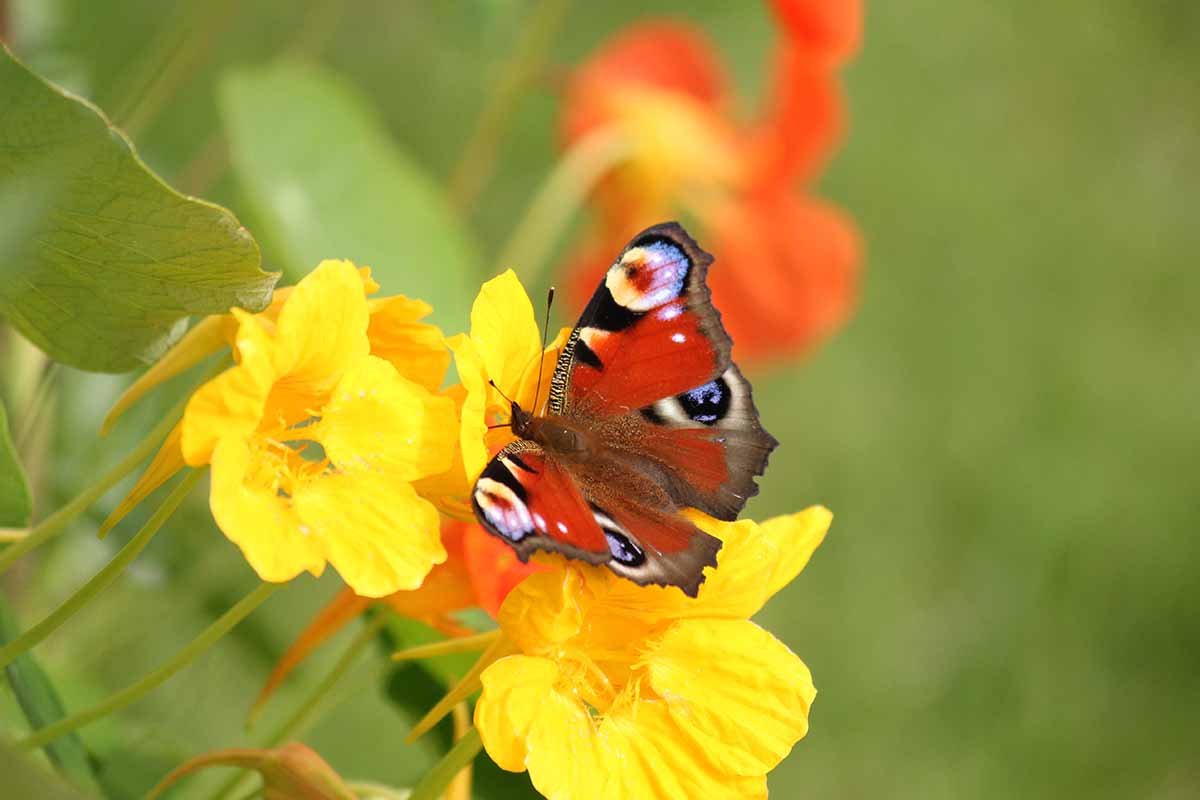
Let’s look at the bugs they may help to control, and how to use them to their full effect against each one.
1. Aphids
Aphids are attracted to nasturtiums. In fact, they seem to love them more than many other species of plants.
If you have a high-value crop that you don’t want aphids to attack, grow nasturtiums to draw the aphids away from those plants and to your flowers instead.
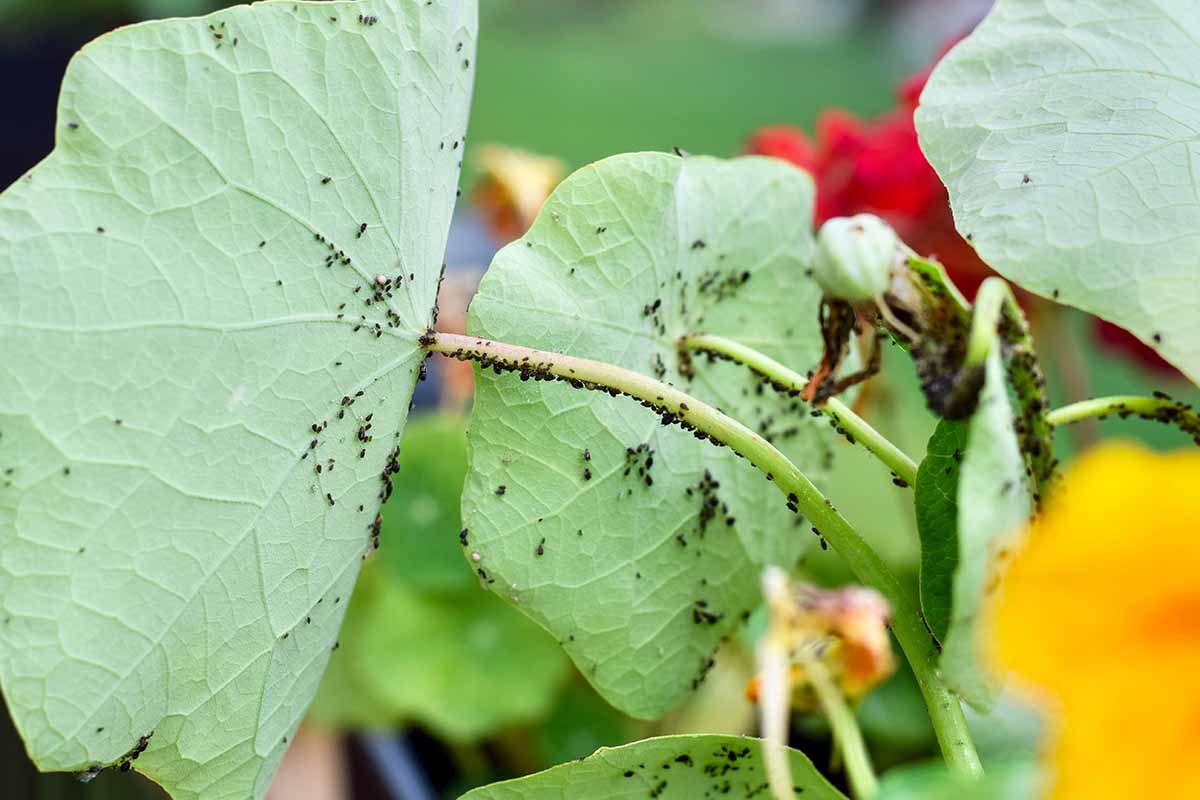
Fortunately, Tropaeolum seems to be able to resist an aphid infestation pretty well, so your plants probably won’t die despite being the main feature in an all-you-can-eat aphid buffet.
I like to plant a border of nasturtiums around my roses and it makes an obvious difference when I do.
Not all aphid species will feed on Tropaeolum, so this trick doesn’t work for all of them, but a majority of the common garden aphids will be lured in, such as green peach (Myzus persicae), melon (Aphis gossypii), and potato aphids (Macrosiphum euphorbiae).
To be the most effective, you should put your trap crops within four or five feet, but not much closer, to the plants you’re trying to protect.
Aphids tend to hop to nearby plants, but they won’t travel too far.
Learn more about battling aphids in our guide.
2. Cabbage Loopers
If you’ve ever grown cabbages or other plants in the Brassicaceae family, you’ve likely dealt with cabbage loopers (Trichoplusia ni).

If so, then you know that these small, green leaf-feeders devour cruciferous crops. Some years it seems they show up in masses, while other years, you might not see them at all.
If it’s one of those bad years, grow some nasturtiums to keep pests away from your cabbages and other cruciferous veggies.
Put a row between every two rows of veggies, or sprinkle them throughout. One nasturtium for every four plants should do it.
You can learn more about cabbage loopers and how to control them in our guide.
3. Cabbage Worms
Imported cabbage worms, also known as cabbage whites, make me happy and sad at the same time.
I really want to welcome the pretty white butterflies that herald the arrival of summer, but I also know that they mean my brassicas are about to become dinner for pests.
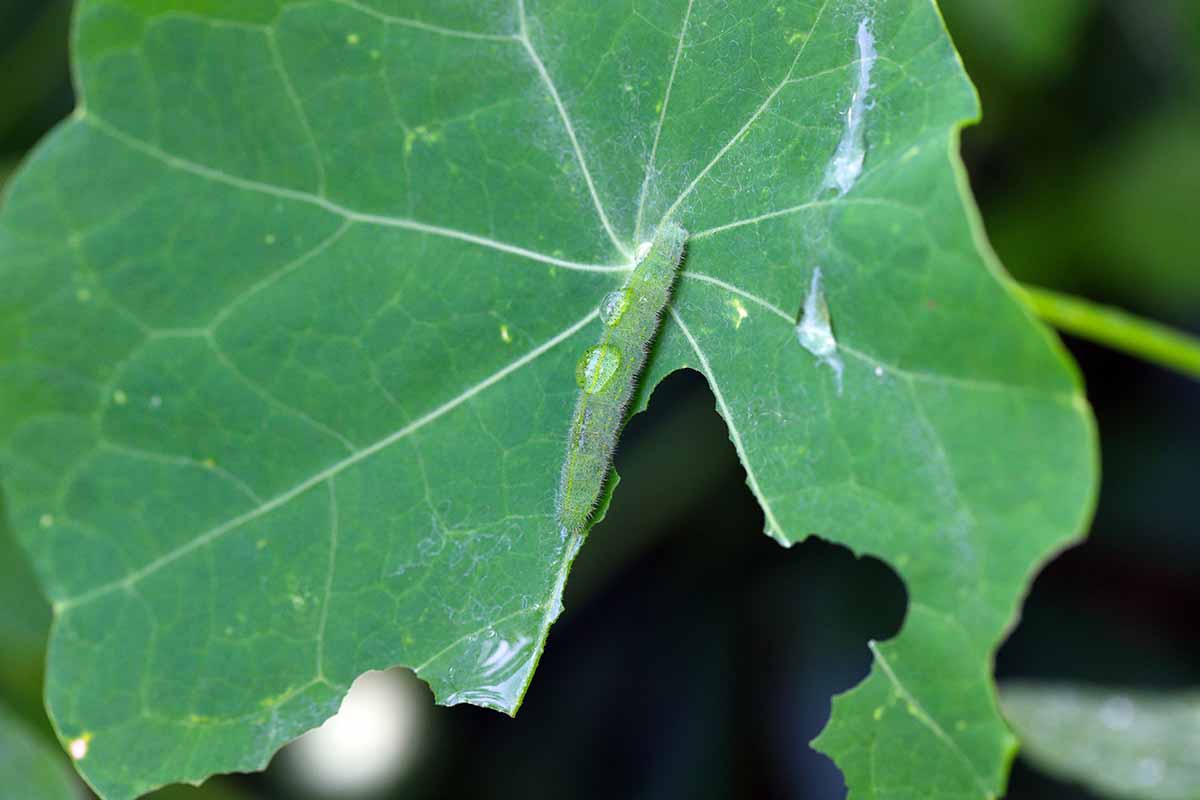
The larvae of this pest will devour kale, cabbage, turnips, wasabi, and any other cruciferous vegetable. It starts with little holes, but pretty soon, entire leaves will vanish if you’ve got an infestation.
Nasturtiums do a great job at repelling the adults.
If the larvae manage to find their way to the leaves of the plants, Tropaeolum recovers quickly. So it makes both a good repellent and trap crop in this case.
Learn more about cabbage worms in our guide.
4. Colorado Potato Beetles
Colorado potato beetles (Leptinotarsa decemlineata) seem to be confused by nasturtiums. When these plants are around, they can’t zero in on the scent of the species that they prefer to eat.
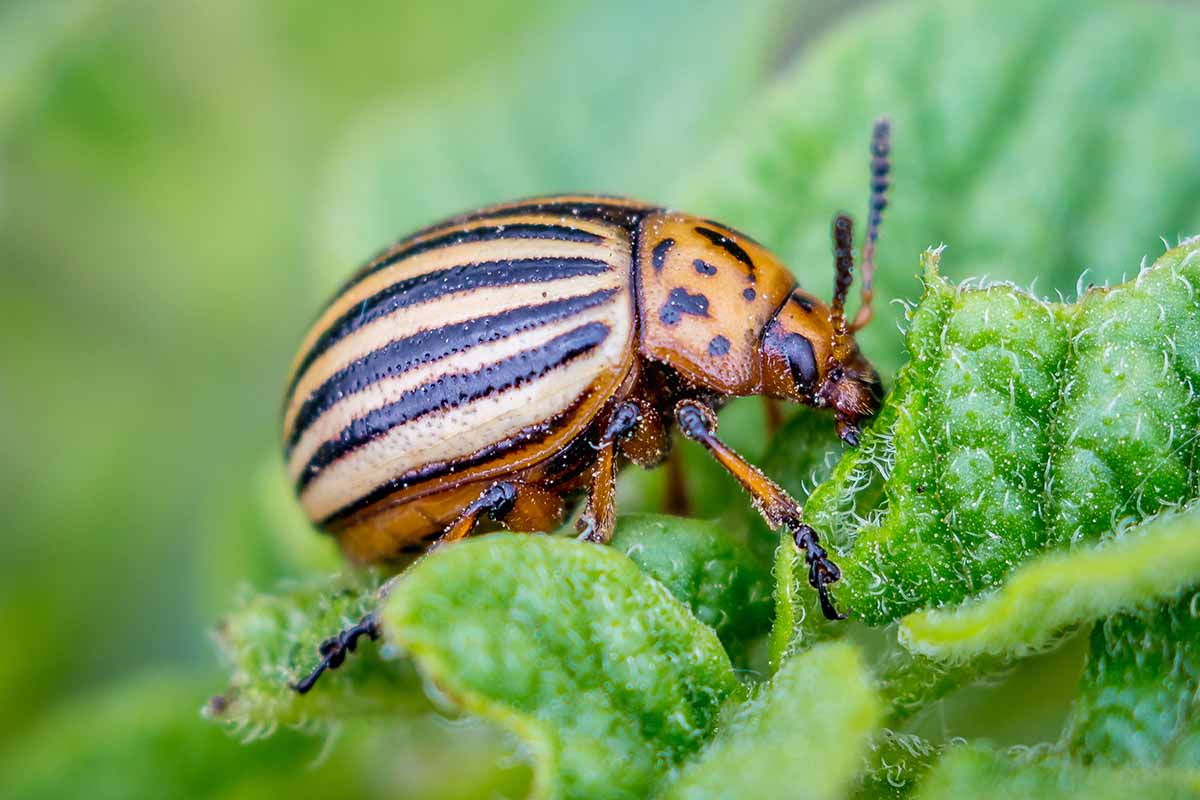
These yellow, orange, and black beetles are easily identified by their 10 black stripes.
As you might have guessed, these pests feed primarily on potato plants, but you’ll find a lot fewer of them if you grow Tropaeolum nearby.
You can learn more about Colorado potato beetles in our guide.
5. Cucumber Beetles
In a study published in HortTechnology in 2008, Kentucky State University researchers Gary R. Cline, John D. Sedlacek, Steven L. Hillman, Sharon K. Parker, and Anthony F. Silvernail found that cucumber beetle (Leptinotarsa decemlineata) damage and populations were reduced when nasturtium, tansy, and sweet clover were intercropped with watermelons and muskmelons.

While they didn’t study other veggies in the Cucurbitaceae family, it’s safe to assume intercropping will work with other related fruits and veggies to keep this yellow and black striped or spotted beetle away.
6. Flea Beetles
As with aphids, flea beetles (Chrysomelidae family) love nasturtiums. You can grow them near other species that you want the beetles to leave alone.
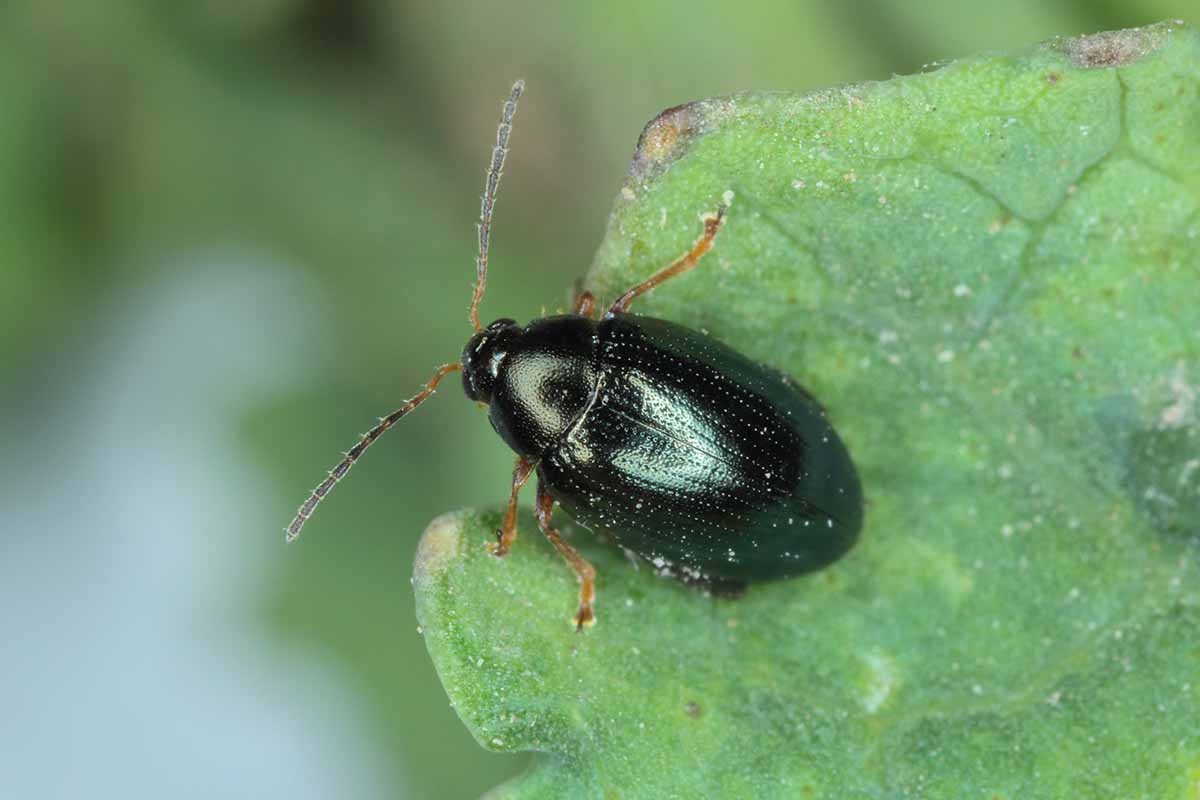
Space them within four or five feet of the plants that you want to protect, and then come out and treat the nasturtiums for flea beetles every few weeks or so.
Otherwise, you run the risk of increasing the flea beetle population rather than protecting your garden – exactly the opposite of what we’re going for, right?
To learn more about how to deal with this pest, read our comprehensive guide.
7. Squash Bugs
Squash bugs (Anasa tristis) love cucurbits like squash and melons.
What they don’t love are nasturtiums. When these flowering plants are nearby, they avoid them and any other species in close proximity.
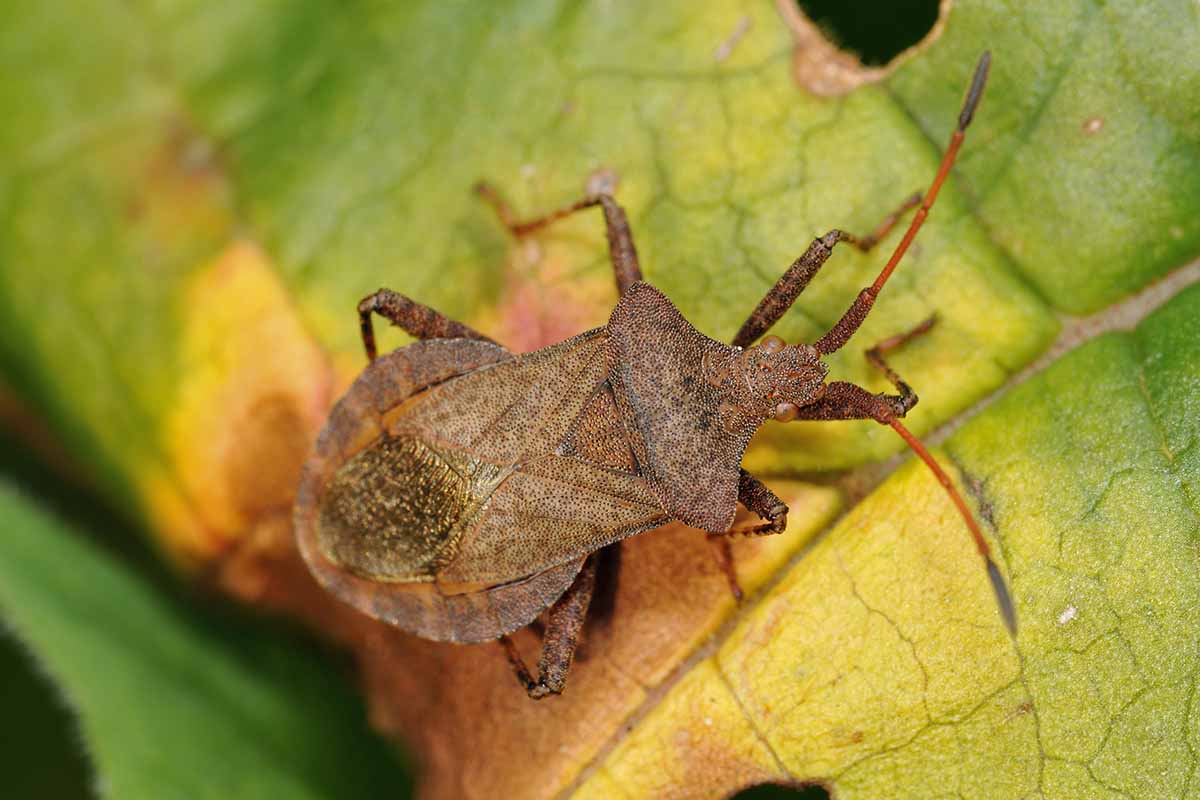
For each vine, plant at least four Tropaeolum plants nearby. The more, the better!
When your harvest is ready, grab some flowers while you’re plucking your melons and squash.
Chop the raw blooms and toss them onto a slice of melon or use them as a garnish for a cooked squash dish. Nasturtiums are one of the most popular edible flowers.
The flowers have a sweet-meets-watercress flavor that works well in so many recipes.
Learn more about squash bugs in our guide.
Bug Off, Pests!
In addition to the pests described here, nasturtiums also attract hoverflies and beneficial wasps, and these critters can control all kinds of bad bugs.
Is there anything this pretty pollinator magnet can’t do?
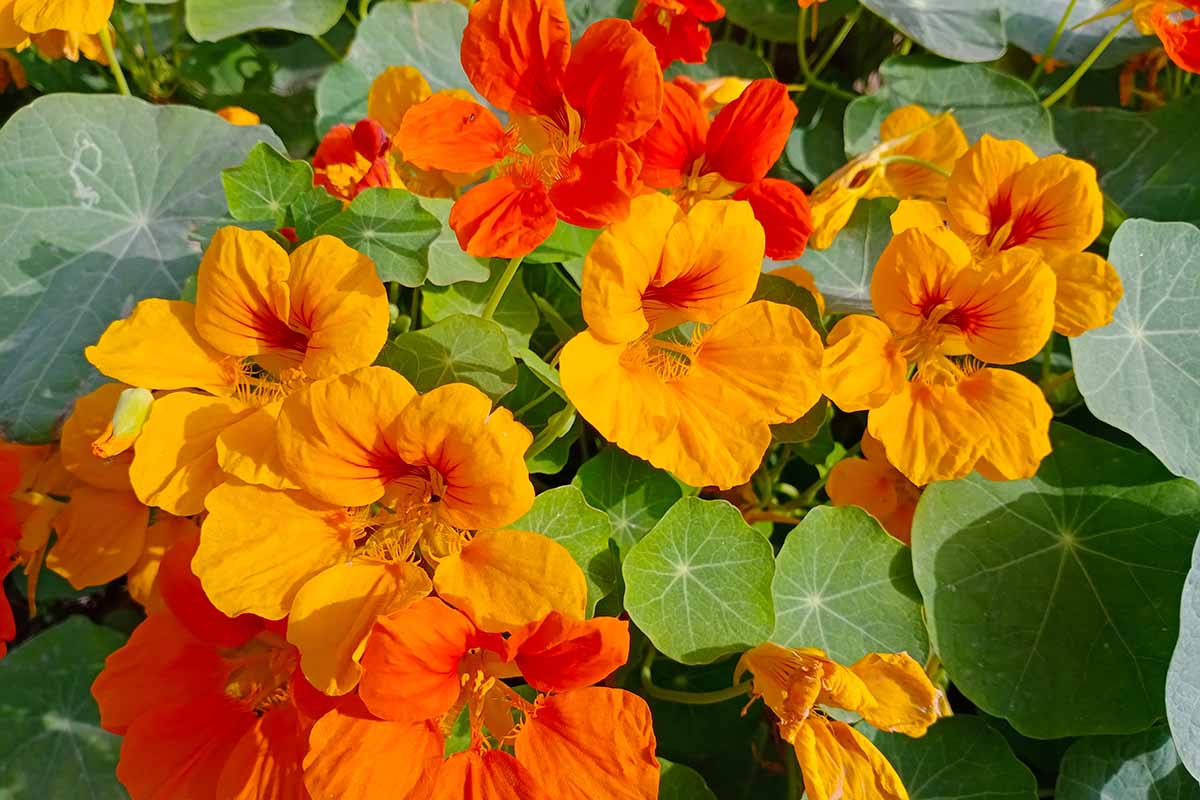
What issues are you struggling with, and how do you plan to use your Tropaeolum plants to control them? Doing some trap cropping? Repelling bad bugs? A little bit of both? Share with us in the comments.
If you’re interested in learning more about multipurpose nasturtiums, we have a few other guides that might catch your fancy:


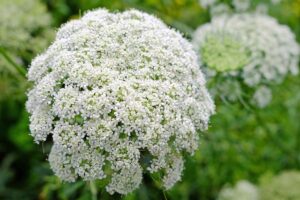
Thank you. We are new to dealing with flea beetles but I know just where to plant more nasturtiums now. Previously nasturtiums were plant to attract beneficial insects and repel aphids. I may try eating them again though they taste quite strong.
How do you get rid of spider mites in my marijuana systematically so it never comes back? Does a product exist that is systemic but non toxic for humans and don’t affect the blooming or the flavor of my precious? One that can use in the house without toxicity to me and my dog? Thanks. I am in Canada and the product base of neem like azamax or Azarid are the best but are not legal here. Do we have alternative? Why is my leaf slowly dying? It starts at the tip of leaf and dries it out. Is it… Read more »
I’m not sure if you’re growing in a hydroponic setup, but you may want to check the strength of your lighting and distance from the plants to start. Mites and leaves drying out are both signs of overly dry conditions. See our guide to controlling spider mites for more tips and suggestions.